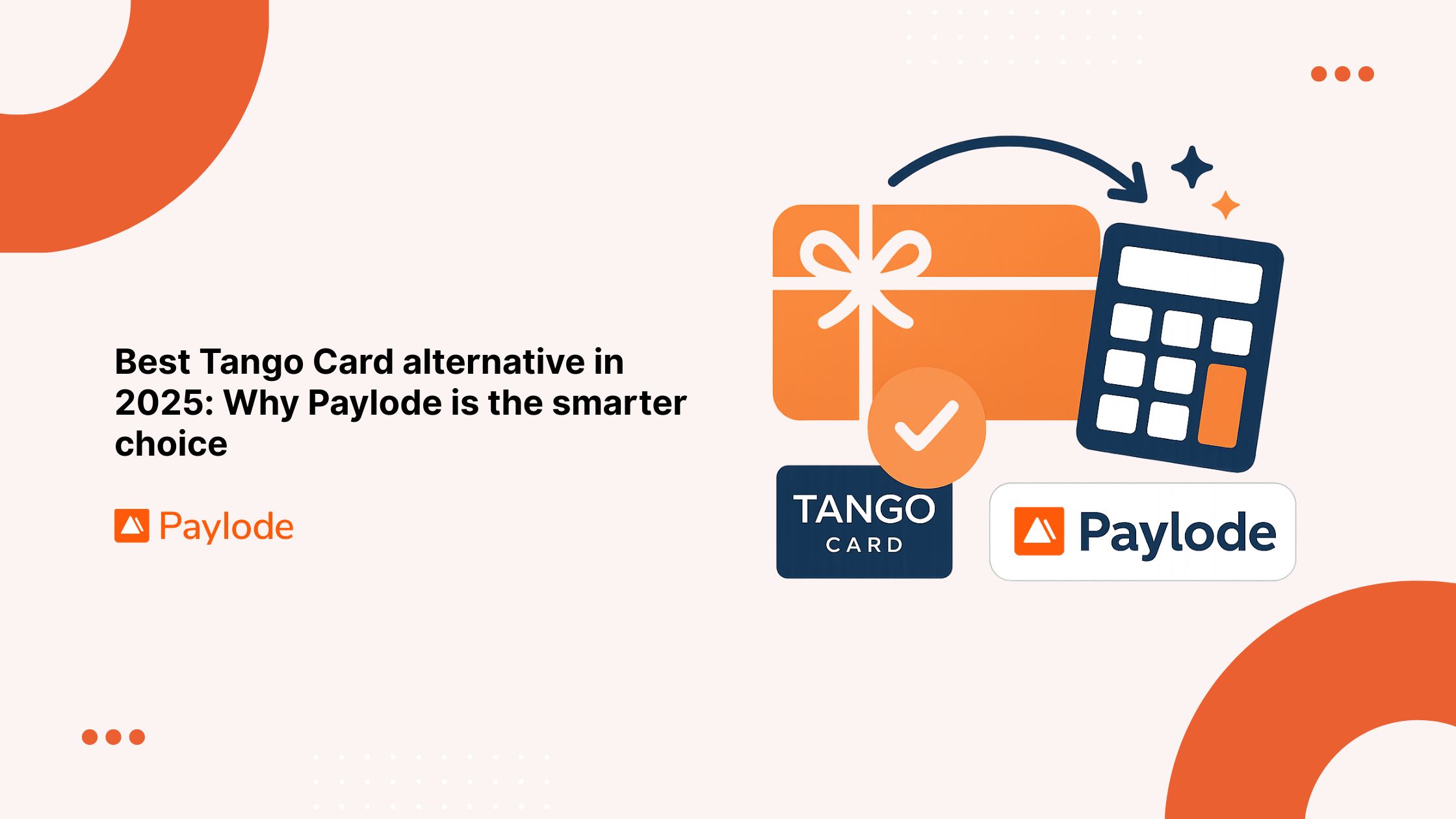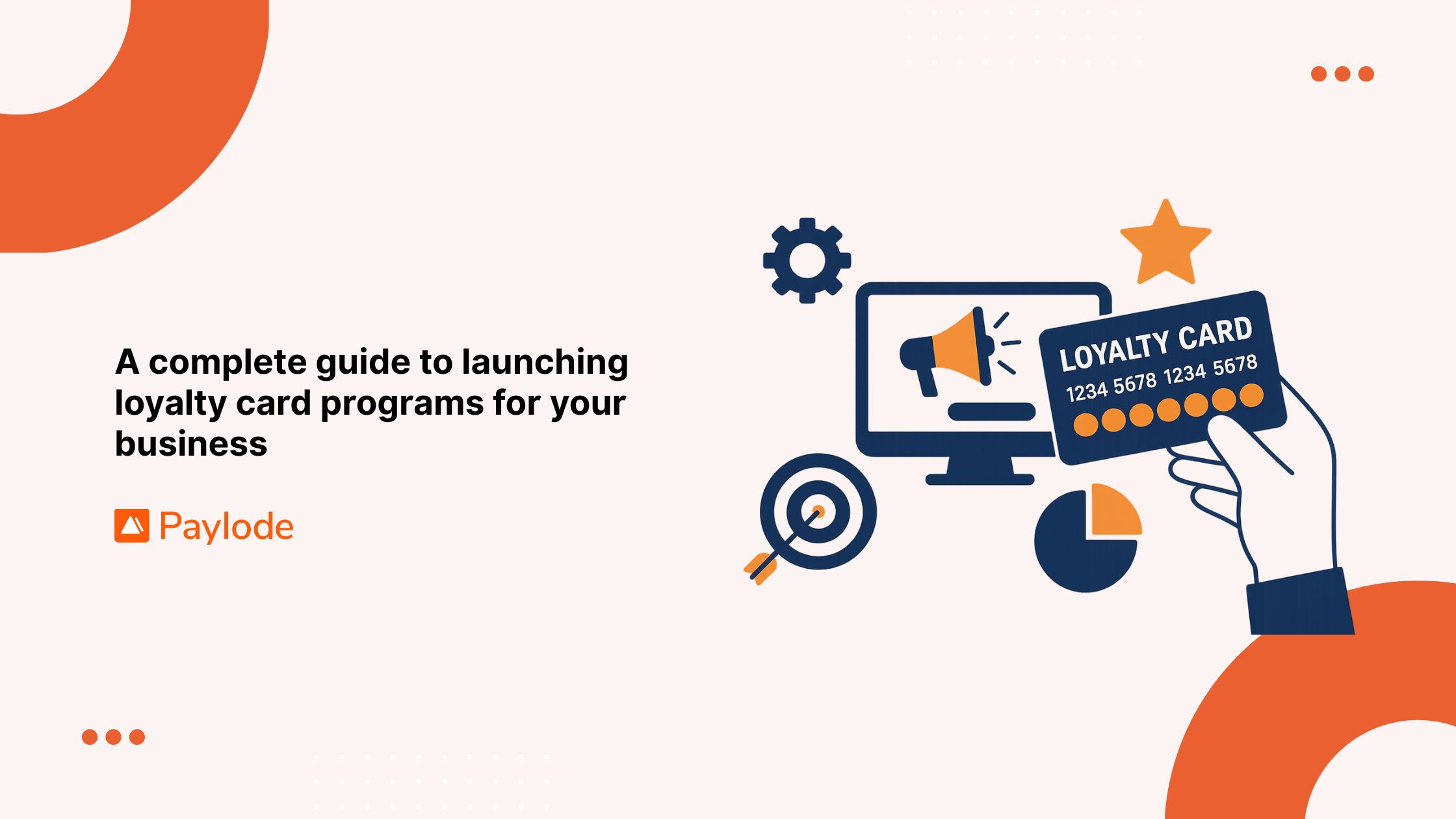People are weird. The reasons we do things can be explained, and sometimes, we have a glitch in the matrix and walk out of IKEA with a zebra-patterned cowhide rug because we watched an instagram video on maximalism.
Consumer behaviors are shaped by an influx of influences, both psychological and environmental, in our lives at any given part of our day.
Salesforce says when it comes to consumer behavior, companies can either "shape it or be shaped by it". That is, either you're proactive as a business and trying to ignite trends and innovations, or you're reactive and shifting your strategy to reflect what's happening in your niche. The businesses that become household names utilize these strategies at different times.
What's more, Salesforce explains that consumers are balancing in-the-moment decisions with long-term brand loyalty. Winning both requires understanding humans at a granular level.
Why care about customer behavior?
Customer behavior encompasses the buying habits, preferences, and motivations that influence how consumers interact with products and services. Learn yours, and you may be able to influence it.
Use the data and insights to refine strategies that impact customer retention, return on investment on marketing initiatives, and higher lifetime value per customer.
- Tailored marketing strategies: By recognizing what drives your customers, you can refine your marketing campaigns to resonate on more a personal level.
- Future forecasting. Using predictive analytics, businesses can make better educated guesses on what customers might do in the future.
- Product development: Insights into customer preferences and pain points guide the development of products and services that meet and exceed expectations.
- Competitive advantage: Anticipate needs and deliver unique value props that help you deliver more of what your customers want than your peers.
- Making it official. Designing a successful loyalty program or rewards program to keep customers coming back depends on knowing how they spend and what they prefer to buy.
Our situations have huge influence on decision-making
Consider all of these factors that are at play when we make decisions, especially in the moment when our instincts take the wheel.
Have you ever bought something you actually didn't want? Was it opportunity, the lure of a sale, or peer pressure?
- Economic factors: They say as your income rises, your expenses do too. People tend to spend more when they feel financially secure.
- Cultural factors: Traditions and societal norms can influence buying habits of products that affirm their identity within their community.
- Psychological factors: Brand perceptions, influenced by marketing and personal experiences, can generate a compelling narrative. Android vs. iPhone, anyone?
- Personal factors: Demographics such as age, occupation, and lifestyle means that across needs and wants, your journey reflects your spending.
- Social factors: Peer pressure has been amped to the moon with the introduction of social media, turning regular things like shoes and water mugs into Yeezy's and Stanley's – items that tell a story about who you are and who you want to be.
- Situational factors: Where you are in that exact moment. If you're standing in line at the grocery store and end up buying the royal wedding magazine, I will not blame you (or tell anyone).
Behavioral psychology principles
McKinsey examined many of the leading studies on customer psychology and aggregated the results into a simple mnemonic:
The framework is called CHOICES, which is an acronym for context, habit, other people, incentives, congruence, emotions, and salience.
.jpg)
In the decision moment
What's going through our brains when we are making a decision?
Many guides on this topic reference four types of customer behavior when making purchase decisions and building shopping habits but I couldn't find a source for why there's only four.
- Complex decision-making: Our brains use a hierarchical approach to estimating outcomes and the probability of failure. When we make important purchases, we tend to do more research, to ensure that we don't make the wrong choice.
- Limited decision making: Sometimes we don't have a choice in the matter, we're short on time, or it's a mid-size purchase that doesn't require extensive research and we can use mental shortcuts to make a quicker choice. For instance, the server is standing at the table and oops I guess I'll have the burger!
- Variety-seeking buying behavior: Customers switch amongst similar products, categories, and brands when they get bored (Ratner et al., 1999).
- Habitual buying behavior: Needs and routines – the things we buy on repeat. Buying diapers, getting a smoothie on the way to work, sticking with Hellman's mayonnaise for life. A strong opportunity for building loyalty that leads to repeat purchases over the long term. From authors Wendy Wood and David Neal, "In daily life, the tendency to act on habits is compounded by everyday demands, including time pressures, distraction, and self-control depletion."
Impulse buying
I'm assuming "impulse buying" falls under limited decision-making.
Apparently, it makes up a shocking 40% to 80% of all purchases which is incredible.
Impulse buying is "triggered by an irresistible force to buy and an inability to evaluate its consequences. Despite being aware of the negative effects of buying, there is an enormous desire to immediately satisfy your most pressing needs" (Meesa 2008).
Do you have an impulse product like food, entertainment, luxury brands, retail or e-commerce? Tap into the sales, promotions, advertising, and influencer programs available to you so you can reach new customers (like in the Paylode brand marketplace).
Or is your product part of a longer buying cycle, like in residential real estate?
Let's find out about your customers
- Identify your data sources:
- Sales records
- Customer surveys
- Social media and online reviews
- Website analytics
- Loyalty program engagement
- Collect data:
- Implement tracking on your website to collect user behavior data.
- Use customer relationship management (CRM) tools to aggregate customer interactions and transactions.
- Distribute surveys through your most visited channels. Avoid survey fatigue and make sure you gather all past surveys first.
- Use social listening to find out what people are saying about your brand and your competitors when you're not in the room, in addition to how they react to what you're putting out there – what types of posts get the most reaction?
- Analyze it:
- Segment your customers based on their behavior (e.g., frequent buyers, seasonal customers, and highest-value customers).
- Look for patterns in the purchasing behavior, such as preferred products, buying frequency, seasonality, and average cart value.
- Identify the customer journey stages where you lose most prospects.
- Find consistent, reliable, patterns in historical data you can use to forecast future buying behaviors.
The insights you derive from the data must now translate into campaigns, action steps, initiatives, or OKRs. With this new information, how does this change the game? Where are you going to start?
.jpeg)
You can influence customer behavior
Don't overcomplicate it with a RICE matrix where everyone contributes and it becomes some painful exercise in unanimous-consensus-roadmapping.
(what's that?) Reach x impact x confidence x ease = score; rank all scores, and the highest score is your first priority.
Experts criticize this method because every part of the scoring is subjective and full of bias, and when you multiply bias x bias, the result is, basically whatever your boss wants.
A similar but more effective version is a product-leaning tactic that simply labels things as "must do", "should do," "nice to have," and "won't do".
Instead, try this process that can get you started faster
Set a timer for 20 minutes if you want to start this as an exercise.
Make a mega-list of all the ideas you must or should implement that you derived from your insights, and pick the easiest one to start with.
Then prioritize the next 10 by ease x impact.
Once those are finished, prioritize the rest based on potential.
The first place to start? Personalize any customer communications that you can.
Make a list of your top current strategies and add 3 ideas to each for personalization.
More ideas:
- Tailor your marketing and product strategies based on what you know about the customer and their purchase history.
- Add their name to all communications.
- Send milestone emails and "became a member" day or birthday celebration emails to your customers.
- Optimize the customer journey to improve conversion rates at each stage.
- Adjust product offerings or develop new ones to meet the needs and preferences of each segment.
- Create a sense of urgency.
- Add social proof.
- Educate your customers on how your product works, even if its one bit at a time.
- Overhaul your featured products, personalized recommendations, emails, social media voices, and case studies to make sure it's up to date and utilizing what you know.
- And most importantly, reward your customers for as much as you can, without making them join a complicated program.
Incentives work
Perks programs like Paylode's use freebies, offers and valuable deals to get the attention of customers. When incentivized, conversion rates can increase 10% based on our ongoing case study analysis.
We know from several studies on incentive-based interventions that rewards work to:
- Build positive habits: Habit formation is a strong predictor of commitment to the new routine. Incentives lower the effort and increase the enjoyment associated with a desired behavior, making it more likely to be repeated.
- Discourage negative habits: Conversely, incentives can diminish the frequency of certain behaviors. The associated costs of continuing a negative behavior increase, and its appeal diminishes, encouraging cessation.
- Overcome present bias: Incentives are effective in counteracting the tendency to prioritize immediate rewards over long-term benefits. By offering regular and consistent incentives, individuals are more likely to alter their behavior in favor of long-term advantages.
- Eliminate obstacles to change: Incentives can play a crucial role in reducing the obstacles to adopting new behaviors. By minimizing or eliminating the costs associated with making a change, such as switching costs, incentives make it more economically feasible or even cost-free to adopt a new activity.
Creating a customer-centric culture
Honestly the devil doesn't need an advocate. When you're about to say that, replace it with "Just to play customer advocate..." See how more allied with your users that feels?
The reason why Amazon generated such a loyal following in the early days was because they made it easy for the customer-facing service reps to solve problems that were under a certain cost to the company. Fast resolutions = happier customers.
Empowering every department with your customer insights, and continued process and training improvement, enables everyone to make good decisions for the customer on their own based on a shared rubric of expectations.
With great power comes great responsibility. As you collect and analyze more data on customer behavior, remember to navigate the ethical and regulatory guidelines carefully. This includes ensuring customer privacy, securing data against breaches, and using information in a way that respects customer autonomy and trust.



